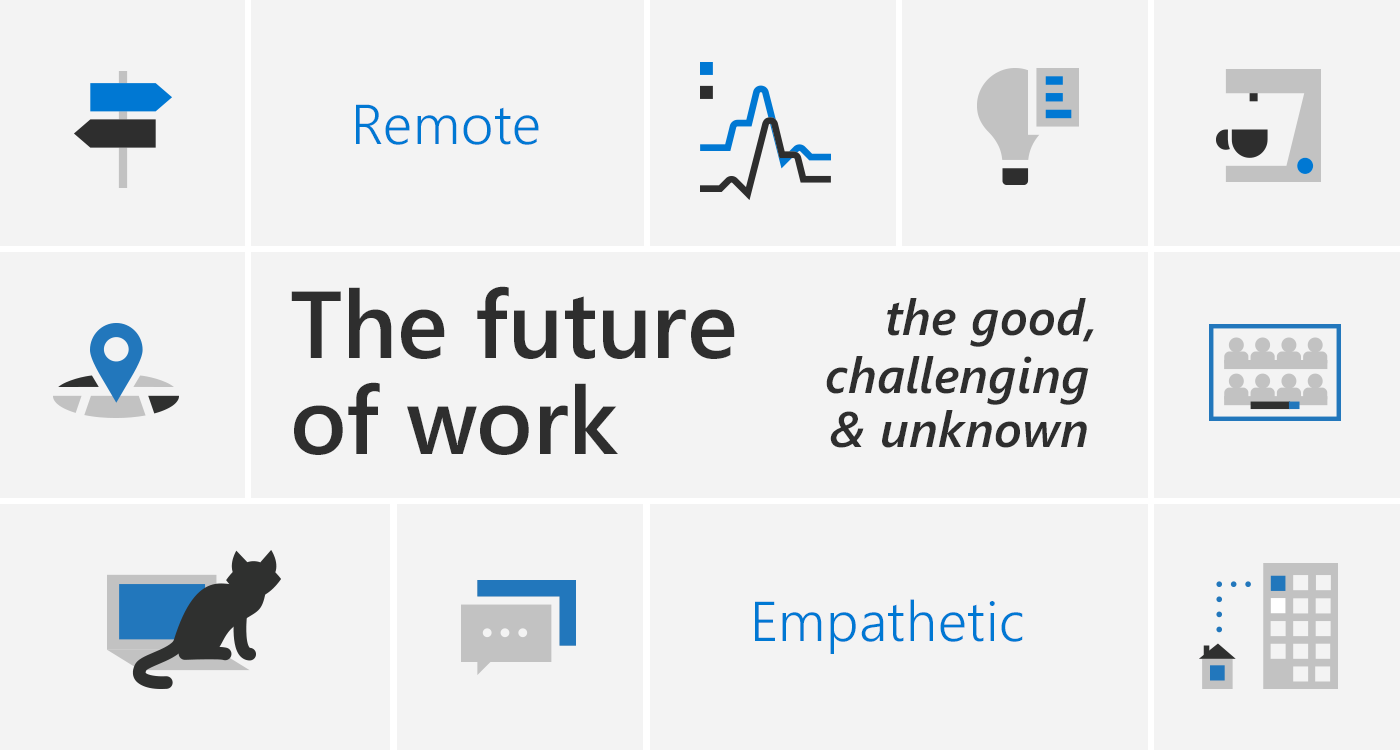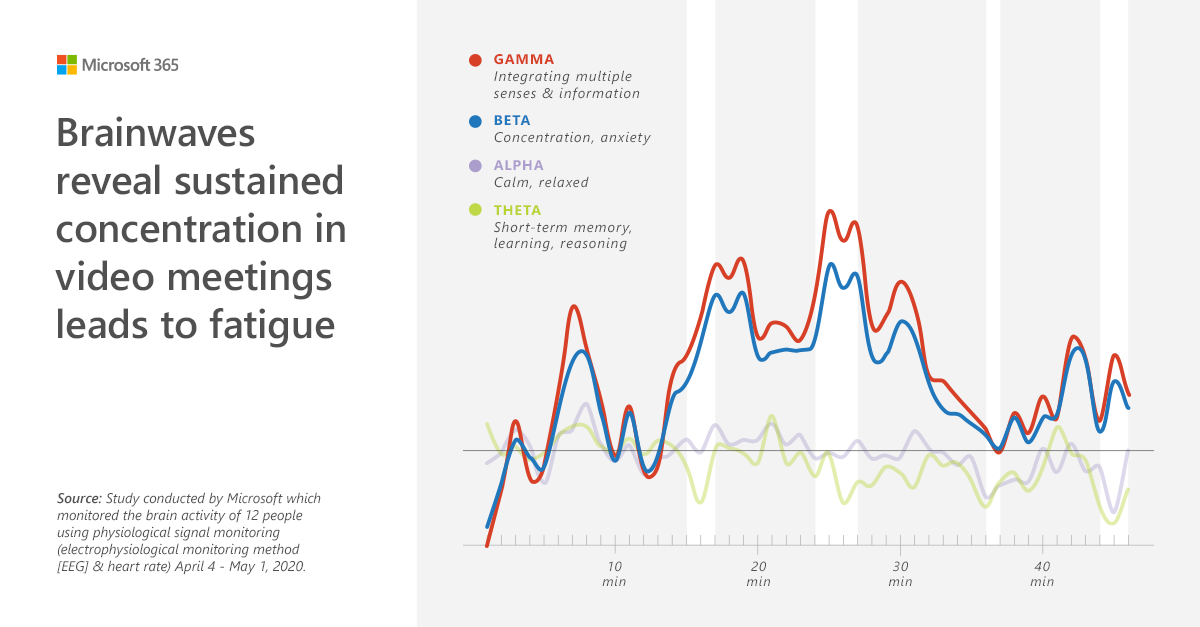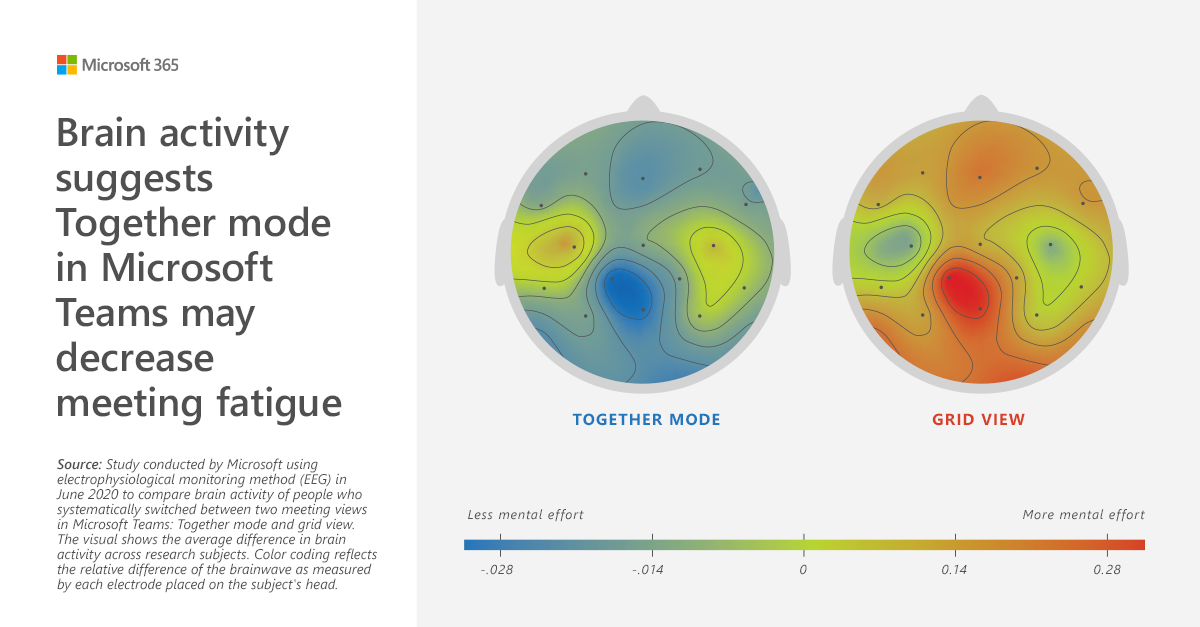In the last four months, work has changed drastically. But will these changes persist in the future? Our second Work Trend Index report explores this idea by combining insights from three sources: trends behind how our customers use our tools; findings from a Harris Poll survey of over 2,000 remote workers in six countries1; and conclusions from over 30 research projects from across Office.com/setup that seek to understand the experience for remote workers today via surveys, interviews, diary studies, focus groups, and studies of the human brain.
Our goal for this research is to uncover both good and challenging aspects of remote work so we can accelerate product development in the right areas, anticipate how work will change in the future, and help our customers thrive in this new world of work.
The population reflected in the data consisted of information workers at small, medium, and large enterprises and is not inclusive of the entire workforce. Read on for our key findings
Brainwaves reveal remote meeting fatigue is real
A commonly discussed pain point of remote work is that it can feel more challenging or tiring than in-person collaboration. Researchers from our Human Factors Labs recently set out to understand this phenomenon. Do remote work and video meetings actually tax our brain more than in-person work? The brain science suggests, yes.
Remote collaboration is more difficult, but the transition back to in-person work might be just as hard
In our Human Factors Labs, where we study how humans interact with technology, scientists ran an experiment to understand how the brain responds to collaborating remotely through computer screens compared to in person. This study began pre-COVID as part of ongoing work in Office.com/setup around the remote work experience. They asked 13 teams of two to complete similar tasks together –
Video meetings lead to fatigue
A second study found that brainwave markers associated with overwork and stress are significantly higher in video meetings than non-meeting work like writing emails. Further, due to high levels of sustained concentration fatigue begins to set in 30-40 minutes into a meeting. Looking at days filled with video meetings, stress begins to set in at about two hours into the day. The research suggests several factors lead to this sense of meeting fatigue: having to focus continuously on the screen to extract relevant information and stay engaged; reduced non-verbal cues that help you read the room or know whose turn it is to talk; and screen sharing with very little view of the people you are interacting with.
To help with this, we recommend taking regular breaks every two hours to let your brain recharge, limiting meetings to 30 minutes, or punctuating long meetings with small breaks when possible.
To help address these challenges through our technology, today we also released a series of updates to Teams designed to help create a more human connection with people you’re working with and to reduce meeting fatigue—



No comments:
Post a Comment